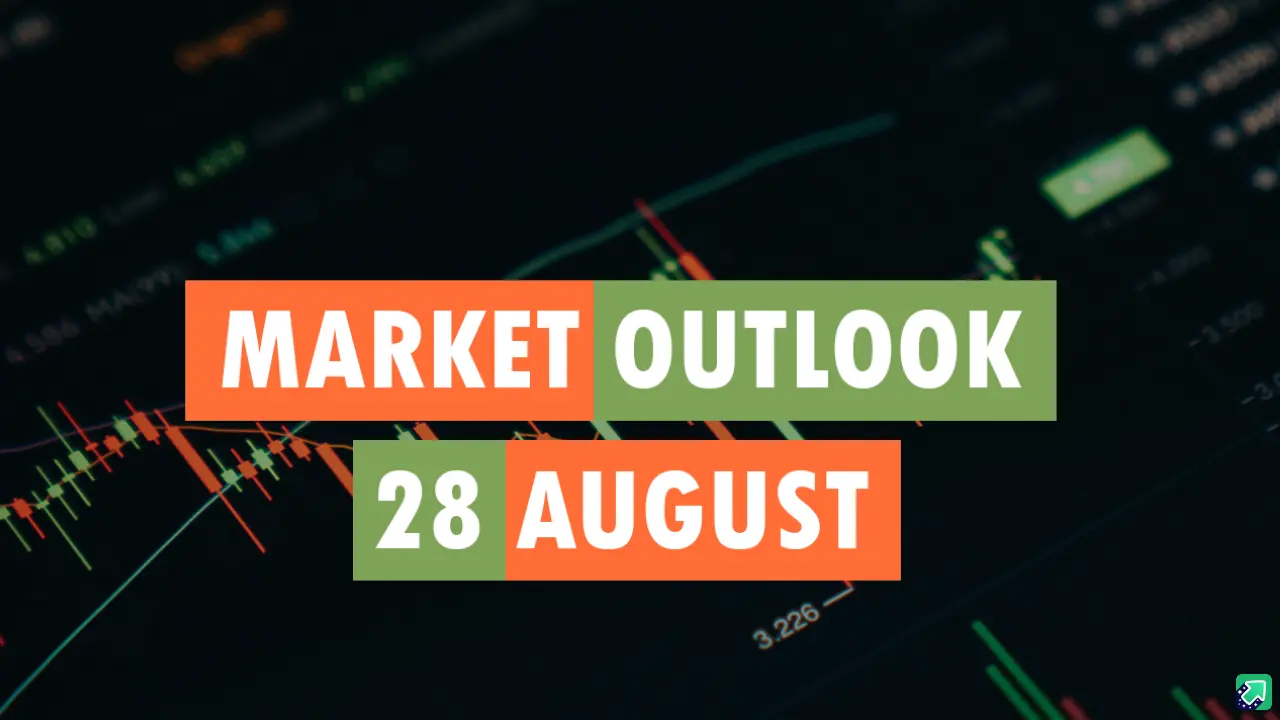Blockchain is a distributed ledger technology (DLT) that allows for secure, transparent, and tamper-proof transactions. It is a system of recording information in a way that makes it difficult or impossible to change, hack, or cheat the system.
Blockchain works by creating a chain of blocks, each of which contains a number of transactions. Each block is linked to the previous block, forming a chain. This makes it very difficult to tamper with any of the data in a block, as this would require changing all of the subsequent blocks in the chain.
How does blockchain work?
Blockchain is secured using cryptography. Cryptography is a method of scrambling data so that it can only be read by authorized individuals. In the context of blockchain, cryptography is used to secure the transactions and blocks in the chain.When a new transaction is made on a blockchain network, it is first verified by the network participants. Once the transaction is verified, it is added to a new block. The new block is then added to the chain, and all of the network participants are updated with the new block.
Blockchain applications:
Blockchain has a wide range of potential applications, including:
● Cryptocurrencies:
Blockchain is the underlying technology behind cryptocurrencies such as Bitcoin and Ethereum. Cryptocurrencies are digital or virtual tokens that use cryptography to secure their transactions and to control the creation of new units.
● Smart contracts:
Smart contracts are self-executing contracts that are stored on a blockchain network. Smart contracts can be used to automate a wide variety of transactions, such as financial agreements, supply chain management, and voting.
● Non-fungible tokens (NFTs):
NFTs are unique digital assets that are stored on a blockchain network. NFTs can be used to represent ownership of digital items such as artwork, music, and in-game items.
● Other applications:
Blockchain is also being used to develop a wide range of other applications, such as identity management, digital rights management, and fraud detection.
Blockchain benefits:
Blockchain offers a number of benefits, including:
● Security:
Blockchain is very secure, thanks to its use of cryptography.
● Transparency:
Blockchain transactions are transparent and can be viewed by anyone on the network.
● Tamper-proof:
Blockchain transactions are tamper-proof, meaning that they cannot be changed without the consent of all of the network participants.
● Decentralization:
Blockchain networks are decentralized, meaning that they are not controlled by any single entity.
The future of blockchain
Blockchain is a rapidly developing technology with the potential to revolutionize many industries. As blockchain technology continues to mature and adoption increases, we can expect to see even more innovative and groundbreaking applications of blockchain emerge in the years to come.
Conclusion:
Blockchain is a revolutionary technology with the potential to transform many industries. It is a secure, transparent, and tamper-proof way to store and transact data. Blockchain is still in its early stages of development, but it is already being used to develop a wide range of applications, including cryptocurrencies, smart contracts, and non-fungible tokens (NFTs). As blockchain technology continues to develop and adoption increases, we can expect to see even more innovative and groundbreaking applications of blockchain emerge in the years to come.










